Advertisement
How Western Mass. Handles Contamination Left By GE In Its Waterways
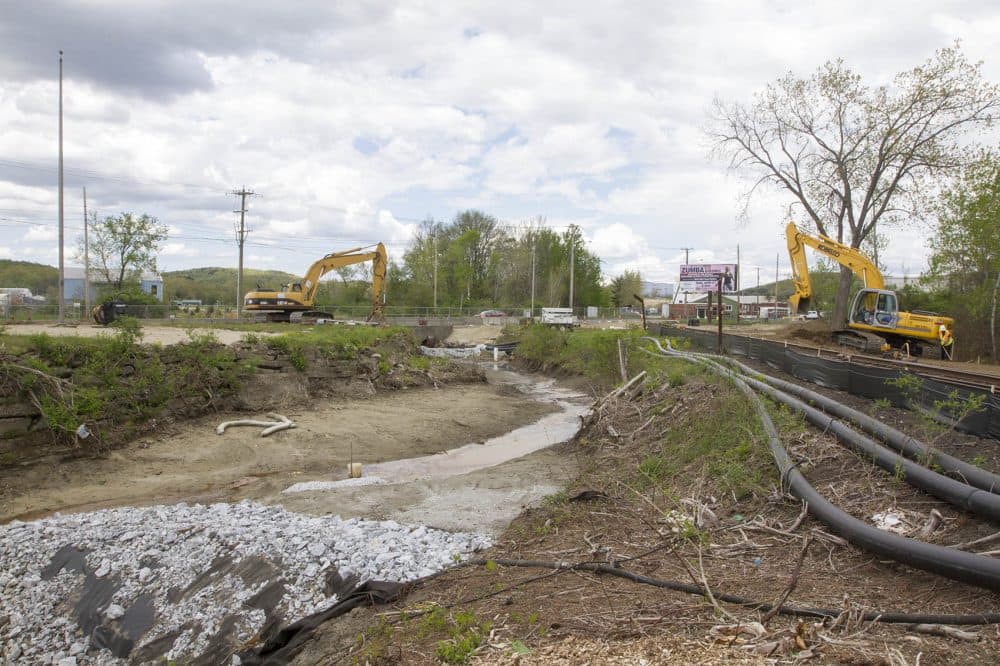
The second of two parts. Listen to Part 1 here.
PITTSFIELD, Mass. — General Electric operated massive transformer manufacturing plants in Pittsfield for more than 80 years.
In Part 1, we heard from former plant employees about the surprising combination of deep love and frustration they feel for the company. Now, we're exploring how GE's legacy carries forward in the region. Specifically, how western Massachusetts is dealing with the major chemical contamination GE operations left in the waterways.
The Feelings Are Strong
"GE made billions in the transformer business," said Tim Gray, executive director of the Housatonic River Initiative. "We're saying, you know, you owe it to us, instead of packing the station wagon, which they've done, it's kinda like, you owe it to us to come back to Berkshire County, and clean this stuff up."
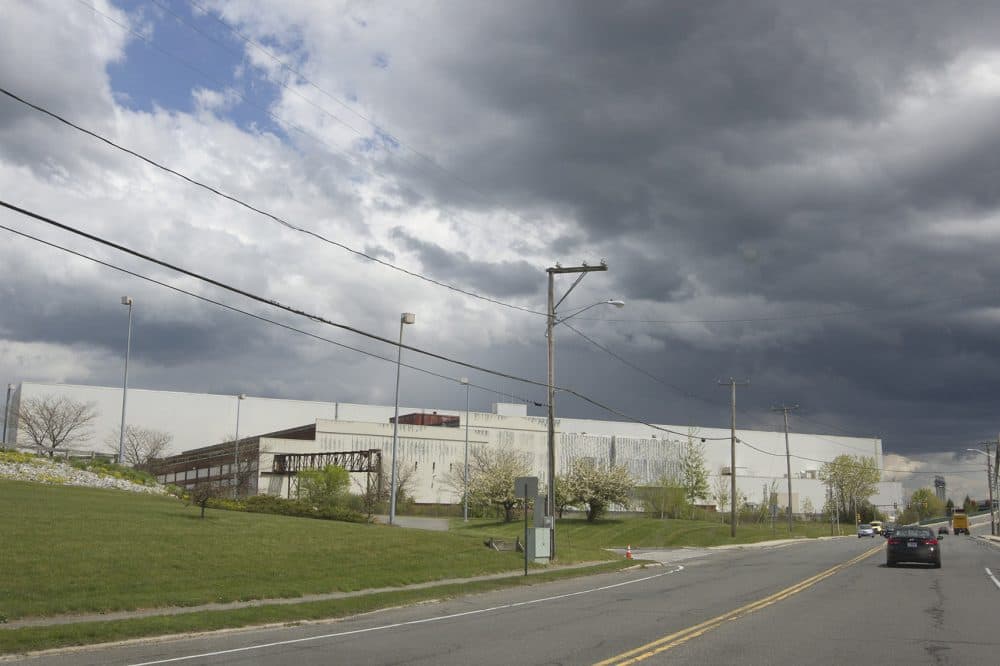
Polychlorinated biphenyls, or PCBs, were banned by the government in 1979. But they were widely used in manufacturing for decades prior to that. As we discovered, this is probably the only fact about GE's legacy where there's universal agreement. On just about every other aspect of what to do with the contamination, there's a variety of deeply held opinions and disputes.
For example, GE estimates that there could be up to 70,000 pounds of PCBs left in the Housatonic River today. The EPA puts the number at some 600,000 pounds.
Back in 1998, GE and federal, multi-state and local governments reached a consent degree that laid the groundwork for clean up plans. A couple of years later, the EPA and GE rehabilitated a two mile stretch of the Housatonic in downtown Pittsfield.
Now, the focus is on the "rest of the river," as it's called -- a more than 10 mile stretch of the Housatonic. There's a great deal of disagreement on how to clean it.
Advertisement
Stuck In The Middle
We'll start with the group stuck in the middle: the Environmental Protection Agency.
"We've heard GE saying, you're taking too much out, you're going to hurt the river; other people saying you're not taking enough out, you're gonna hurt the river and all the critters," said Jim Murphy, the EPA's head of community involvement for the Housatonic. "We're someplace in the middle, we're hearing criticism from both sides, that's not a surprise."
We met with Murphy and Dean Tagliaferro at Unkamet Brook, which flows directly into the Housatonic. Tagliaferro has been the EPA's project manager for the Housatonic clean up for 15 years.
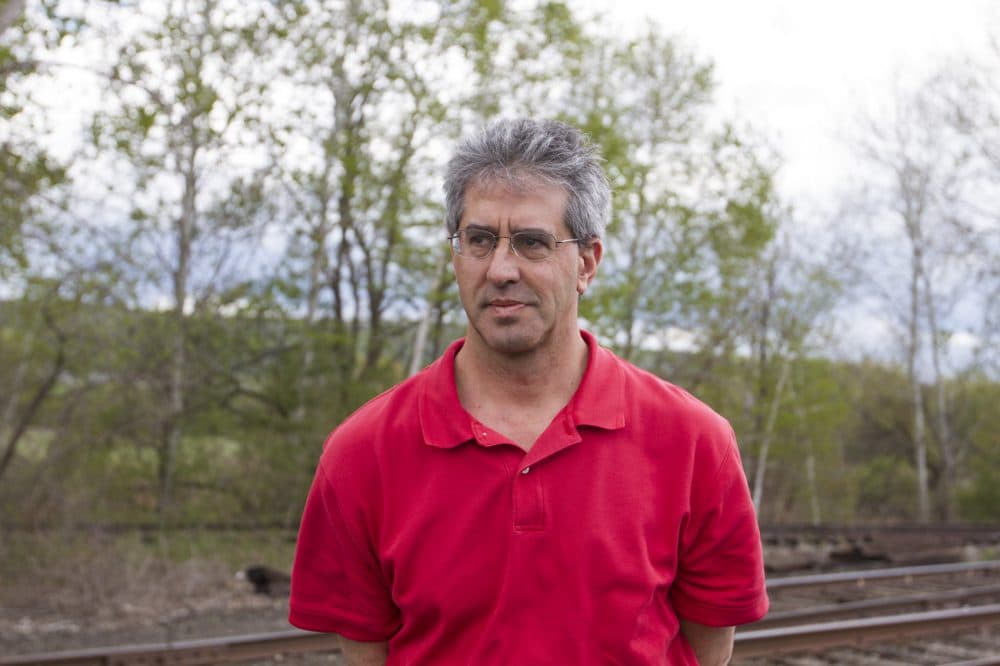
The Unkamet Brook cleanup is typical of these kinds of restorations: The water is diverted. Contaminated soil is dredged out. Clean soil is put back in. Pretty straightforward, in theory. That is what was done in central Pittsfield.
GE says it spent more than $500 million on that part of the project. But the company objects to the EPA's new plans for the rest of the Housatonic River.
"Our proposal is to have the waste, whatever comes out of the river and the floodplain — we're estimating it's close to a million cubic yards — to be shipped out of state," Murphy said.
And therein lies the problem for GE. It would take about 100,000 dump trucks to move all that contaminated sediment out of Massachusetts in compliance with state regulations. The EPA estimates it would cost $300 million just to do that, bringing the total cost of restoration to more than $600 million.
GE objects to the size and scope of the EPA's plan. In a January 2016 letter to the EPA, GE argued that it should be exempt from state hazardous waste regulations. It called the EPA's plan "arbitrary and capricious." In a March letter, GE wrote that "EPA also concedes that out-of-state disposal" of contaminated sediments has no other benefit than "placating local opponents."
The EPA still has to make a final decision. The dispute could ultimately end up in federal court.
However, back in April, GE CEO Jeffrey Immelt told WBUR he's optimistic.
"Oh gosh, look — we're just completing maybe the largest dredging project in the history of mankind on the Hudson River," Immelt said. "So my suspicion is that we'll be to come up with a good solution with the state of Massachusetts. We're very knowledgeable about how this should be done."
Immelt's referring to the 50-year, $1 billion PCB decontamination of the Hudson River.
Back at the Unkamet Brook site, we asked the EPA's Murphy about what Immelt said — specifically that GE knows how PCB cleanups should be done.
"Well the Hudson and Housatonic are two very different rivers," Murphy said with a laugh. "They did the work on the Hudson according to the EPA plan, so that's all we're asking them to do again. We have a lot of experience too, and we think we're the experts.”
Part of this story is a battle between experts.
On The River
We left the Unkamet Brook site to meet with another expert at a part of the Housatonic River that could be dredged under the EPA's plan.
Robert Brooks is a professor of geography and ecology at Pennsylvania State University.
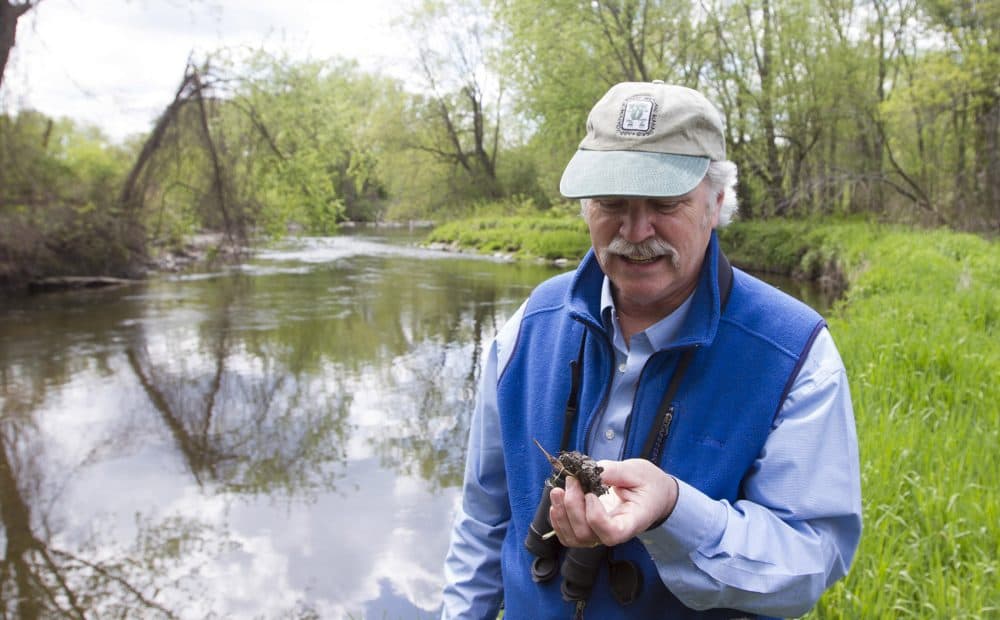
We walked through wetlands and along the banks of the Housatonic. Brooks pointed out migratory birds, threatened amphibians, evidence of beavers in the area. And he said all of this could be destroyed by the EPAs plan.
"It would be devastating," Brooks said. "And this whole section is proposed to have one to two feet of the river bottom completely removed. That means they have to basically turn it into a construction site, put up a waterproof wall, work on one side, do the work there, then go to the other side. So imagine that kind of construction going on here. So every place that you see right here will be gone."
But could the Housatonic recover from the cleanup? In 25, 50, 100 years from now, could the river return to its current state of wilderness? Because that's part of the calculus here — short term disruption in exchange for a river that's clean and healthy in the long run.
"Our own experience — with rivers that have been restored and monitoring those -- is that they don't come back to this kind of condition," Brooks said, shaking his head.
And that's why he's opposed to the EPA plan of a wholesale cleanup of the Housatonic. In fact, Brooks advised GE on an alternate plan — targeted, surgical cleanups where PCB contamination is highest.
"When I see EPA's remediation plan, it's like a giant sledgehammer that's going to pound the system, and it's going to pound it for a long, long time — and that, that hurts," he said.
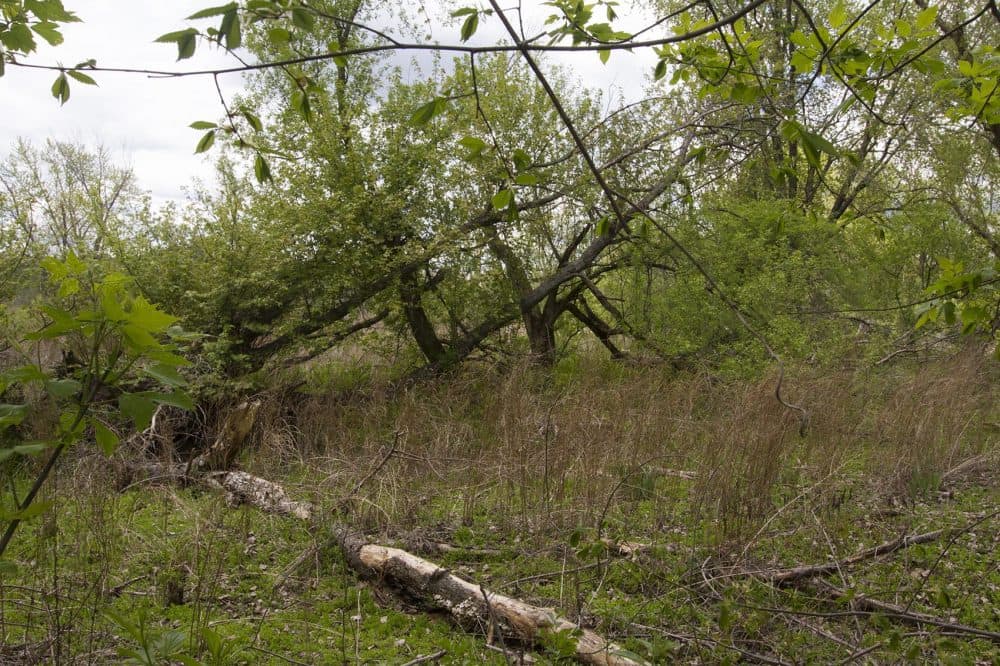
Brooks has been coming to the Housatonic for 40 years. He's done extensive research on the river, but we should note that some of that research was funded by GE. In fact, in the process of reporting this story, we asked GE several times if we could speak with a member of its corporate leadership team. They instead connected us with Professor Brooks, and brought him up from Pennsylvania to meet us. A GE public relations manager accompanied Brooks as we talked.
"I'm an expert, like an expert witness, or expert to give an independent assessment and even back to the original kingfisher studies we did in the early 2000s, I'm here to give my scientific opinion, and they in no way influence that," Brooks told us. "I think it's a very small risk to give up what you have, and the pleasure of having this in your backyard, it's a real treasure for the community of Pittsfield and surrounding places, and I wouldn't want to let it got. I'd fight hard to save it."
That's exactly what many people who live along the river say they're doing. They're fighting for the Housatonic. But they've got very different views on what saving it actually means.
"Yeah, don't destroy the river to clean it. It's all these people who have gotten brought in by GE to say that same bottom line, is leave the river alone," Gray, the Housatonic River Initiative head, said.
He's on one end of the spectrum. Gray wants the most comprehensive clean up possible. On the other end are residents like Jeffrey Cook.
"The EPA seems to think it can somehow be saved while they rip all this stuff up. But those of us who look at it every day and enjoy recreating in that area have no such confidence that they will do it," Cook said. Cook is a member of a group of business leaders that provided input for the original 1998 consent decree. He also lives along the same stretch of the Housatonic we visited.
"I'm not carrying a bucket for GE at all and wouldn't. There's a very, very legitimate position among the folks living in 'ground zero', is what I call it, and there's a lot more to what EPA passes off as the gospel, that people should be looking hard at before we spend $600 million or more dollars destroying the wetlands, the floodplains and the river in that area in the city of Pittsfield and the town of Lenox," he said.
Heading To Woods Pond
The Housatonic River flows through Pittsfield and into Lenox, draining into Woods Pond. That's where we made our final stop, and met Gray, of the Housatonic River Initiative.
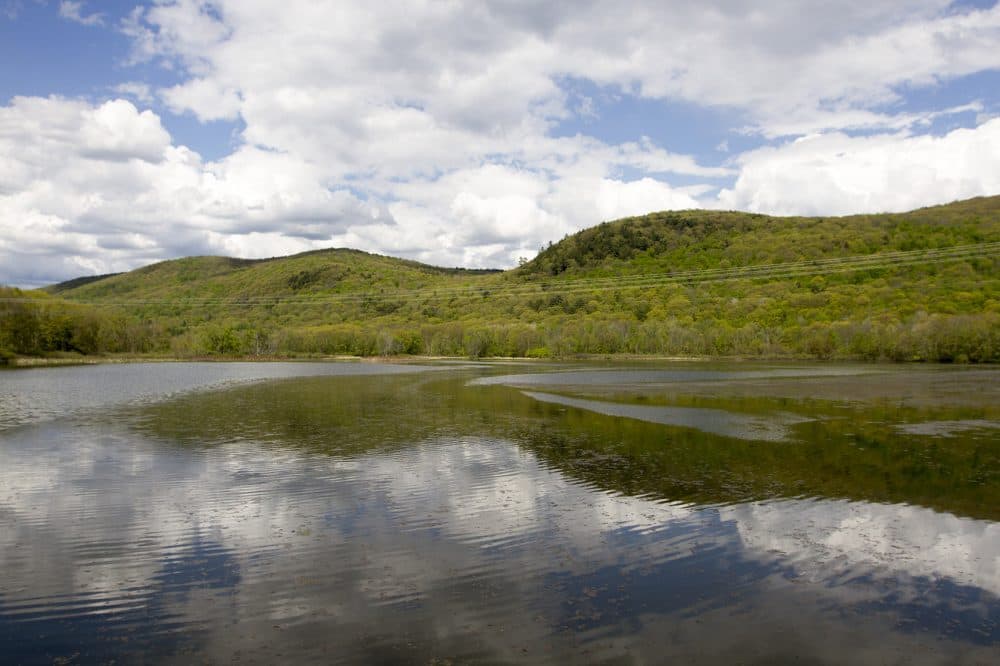
"If you hop out in a canoe and go north, you'll feel like you're canoeing through Montana, because it's an absolutely wonderful place," Gray said, describing the beauty of Woods Pond. "Bald eagles fly through here, osprey, herons, you name it, are in this section of the river. And they're all eating fish, which are highly contaminated. And this pond here is one of the more contaminated ponds in the country."
EPA says concentrations of PCBs found in wildlife at Woods Pond is up to 100 times higher than what's considered a safe level. The pond acts like a catch basin for the PCBs, and more than half of the PCBs go over a dam and continue downstream 140 miles along the river.
GE's preferred solution is to dredge the pond and deposit the contaminated sediments in a nearby landfill. The EPA is pushing to truck the soil out of state.
Gray opposes GE's plan, but he also takes issue with the EPA. He wants them to dredge even more of the sediments upstream from Woods Pond. But like so many people we talked to for this series, he has been fighting this battle for decades. And with that long experience, comes a certain kind of perspective.
"Well it's better than doing nothing, OK, it is better than doing nothing. But we're still mystified why we have to leave all these PCBs in the river," Gray said. "You know, when we study the river 30 years from now, will we really be clean? We're very worried about that. And so we say to the EPA, have a little more guts and clean it up. But everything's a compromise with corporations."
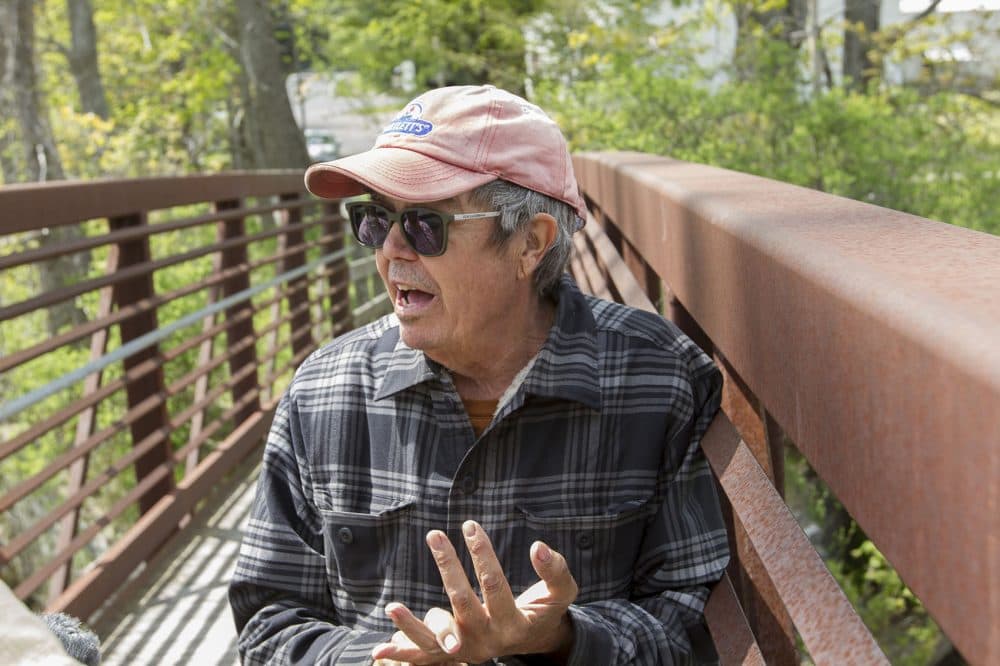
That's the biggest takeaway from our exploration of GE's legacy in western Massachusetts. The people who must make the biggest compromises are those who have to live with that legacy. Also, there is a lot of disagreement on how to manage the after effects of GE's 80 years in Pittsfield. But folks do agree on at least two things: Something must be done and why that something matters.
"For me, it's about our grandkids," Gray said. "This thing is so contaminated, I'm going to be long gone before the results of the cleanup 50 years from now is going to really be seen. But the dream is my grandkids could come down and throw a pole in the river and not be afraid of getting a high dose of PCBs."
Part 1: GE brought jobs to Pittsfield, but it also brought pollution and then left town.
This article was originally published on June 30, 2016.
This segment aired on June 30, 2016.

